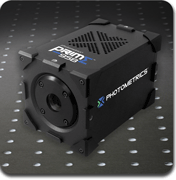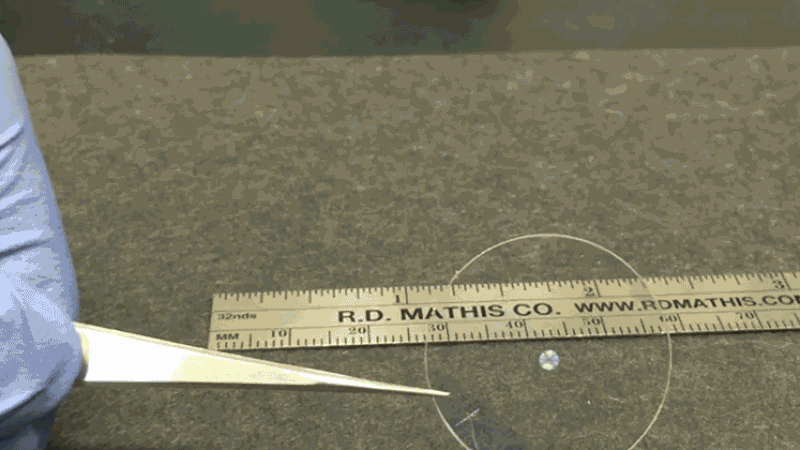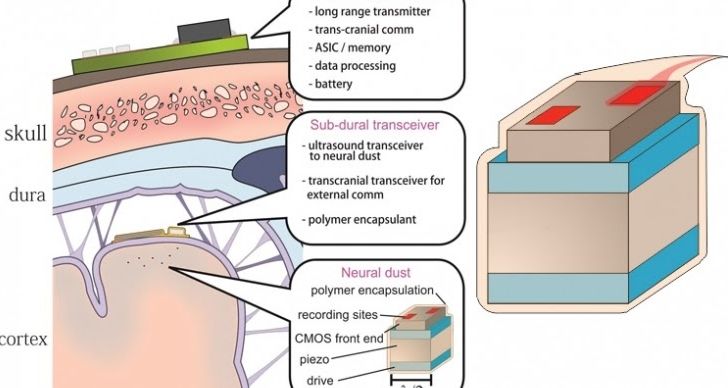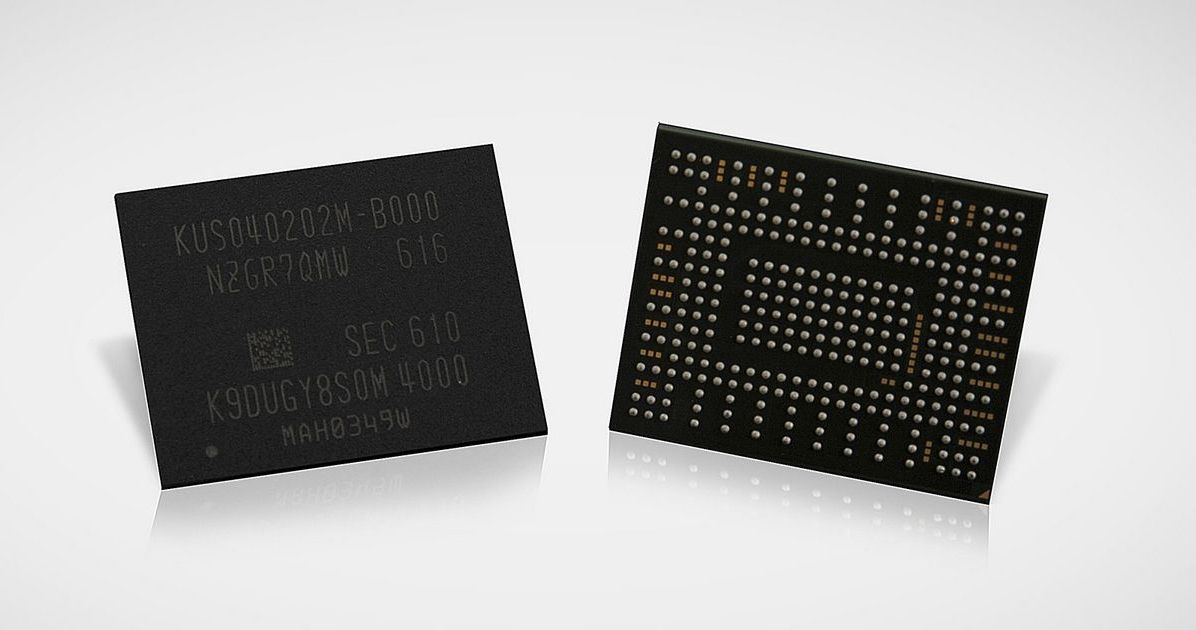Jun 9, 2016
Scientific camera from Photometrics features high quantum efficiency
Posted by Karen Hurst in categories: electronics, quantum physics
Featuring backside-illuminated sensor technology providing 95% quantum efficiency, the Prime 95B from 2016 Innovators Awards silver-level honoree Photometrics is reportedly three times more sensitive than the current generation of sCMOS cameras. The camera features a GSENSE400BSI-TVISB scientific CMOS (sCMOS) sensor from Gpixel Inc., which is a 1.44 MPixel sensor with a 11 µm square pixel size that can achieve a frame rate of 41 fps in 16-bit and 82 fps in 12-bit. The Prime 95B, according to Photometrics, is optimized for low-light microscopy and life sciences imaging applications because of its ability to collect nearly all available light, and maximize the signal-to-noise ratio of the experiment while minimizing cellular photo damage. Additionally, the camera features forced air or liquid cooling options, as well as a PCIe and USB 3.0 interfaces.















